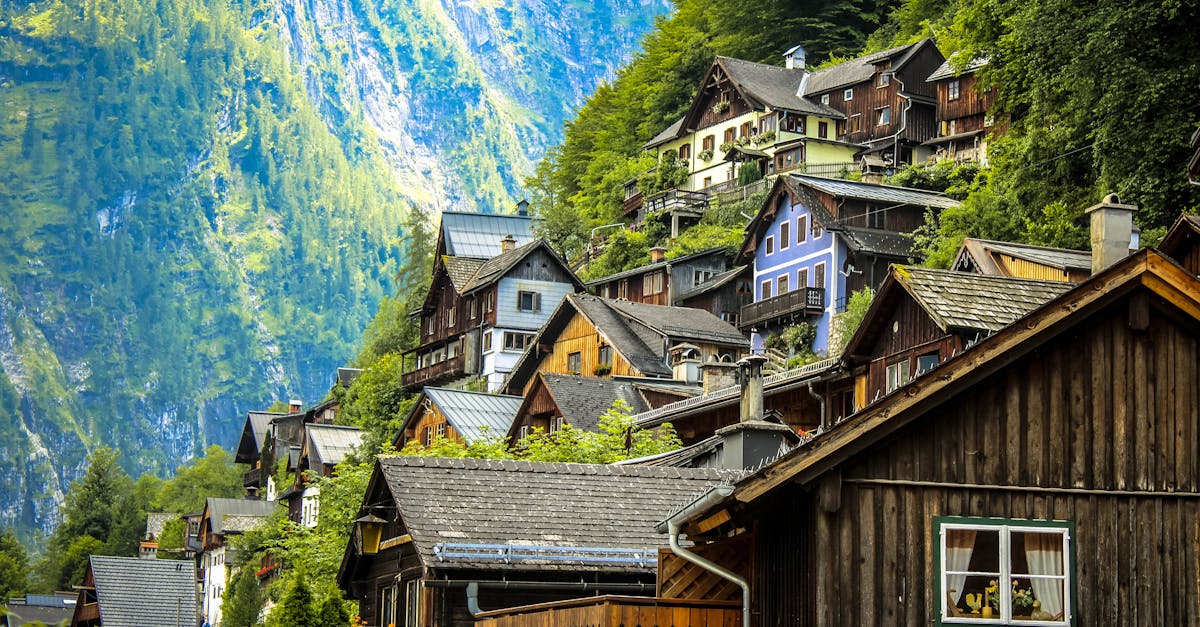
Table Of Contents
Cost Factors of Installing Slate Roofing
When considering the cost factors of installing slate roofing, it is important to take into account both the material costs and the installation costs. Slate roofing is known for being one of the most expensive roofing materials due to its durability and aesthetic appeal. The material costs for slate roofing can vary depending on the type of slate chosen, with some varieties being more costly than others. Additionally, the installation costs should also be factored in, as the complexity of the installation process can impact the overall cost.Coverage for Different Components
It is worth noting that while the initial cost of installing slate roofing may be higher compared to other roofing materials, the long-term benefits often outweigh the investment. Slate roofs are incredibly durable and can last for a century or more with proper maintenance. This longevity can result in cost savings over time, as the need for frequent repairs or replacements is significantly reduced. Therefore, when considering the cost factors of installing slate roofing, it is important to view it as a long-term investment in the overall value and resilience of your home.FAQS
Material Costs vs. Installation Costs
Material costs and installation costs are both significant factors to consider when choosing the right slate roofing for your home. Generally, material costs for slate roofing tend to be higher compared to other roofing materials such as asphalt shingles or metal. The cost of the slate itself can vary depending on the quality, type, and origin of the slate.How do I choose the right solar panel system for my roof?
Installation costs, on the other hand, can also add up, as slate roofs require skilled professionals with experience in working with this particular material. Due to its weight and fragility, the installation process can be more labor-intensive and time-consuming compared to other roofing materials. It is essential to get quotes from reputable roofers who have expertise in installing slate roofing to ensure a successful and durable installation.
Furthermore, the longevity of slate roofs contributes to their eco-friendliness. As they have a long lifespan, they require less frequent replacement compared to other roofing materials. This not only reduces the consumption of new materials but also the energy and resources needed for manufacturing and transportation, making slate roofing a more environmentally conscious option for your home.What government rebates and incentives are available for solar panel installation?
Sustainability and Recyclability
Slate roofing is recognised for its sustainability and recyclability, making it a highly attractive option for homeowners seeking eco-friendly roofing solutions. The natural origin of slate means that it is a renewable resource, as it is quarried from the Earth's surface. Unlike other roofing materials that require manufacturing processes involving chemicals and fossil fuels, slate is a product of nature that can be sourced sustainably.What qualifications should I look for when hiring a professional solar installer?
When it comes to recyclability, slate roofing stands out as a long-lasting material that can be repurposed at the end of its useful life. In many cases, old slates can be recycled and reused for new roofing projects or other construction purposes, reducing the amount of waste sent to landfills. This closed-loop cycle of production, use, and recycling makes slate roofing a sustainable choice for environmentally conscious homeowners looking to minimise their impact on the planet.
Tips for Extending the Lifespan of Your Slate RoofWhat is covered under solar panel warranties?
One effective way to prolong the lifespan of your slate roof is to conduct regular inspections and maintenance. By scheduling annual inspections with a professional roofer, you can catch any potential issues early on and address them promptly. This can prevent minor problems from escalating into larger, more costly repairs.Financing Options for Solar Panel Installation
In addition to regular inspections, ensuring proper drainage and ventilation is crucial for extending the lifespan of your slate roof. Poor ventilation can lead to moisture buildup, which can weaken the structure of the roof and cause damage over time. By keeping the gutters clean and ensuring adequate airflow in the attic, you can help preserve the integrity of your slate roof for years to come.When considering installing a solar panel system, one crucial aspect to address is the financing options available. The initial cost of purchasing and setting up solar panels can be significant, but there are various avenues to explore to make this investment more financially feasible. Many homeowners opt for payment plans that allow them to pay off the system over time, reducing the upfront financial burden. Additionally, some financial institutions offer specialised loans tailored for solar panel installations, with favourable terms and interest rates.
Proper Drainage and VentilationGovernment rebates and incentives can also significantly impact the overall cost of installing a solar panel system. Depending on your location, there may be state or federal rebates available that provide financial assistance for
Solar panel warranties are crucial to consider when investing in a solar energy system for your home. Understanding the warranty coverage for the different components of the solar panels is essential to ensure that you are protected in case of any issues or malfunctiHow can I maintain and extend the lifespan of my slate roof?
Maintenance Tips for Solar Panels on Your Replacement Roof
Incorporating Solar Panels into Your Roof Replacement Budget